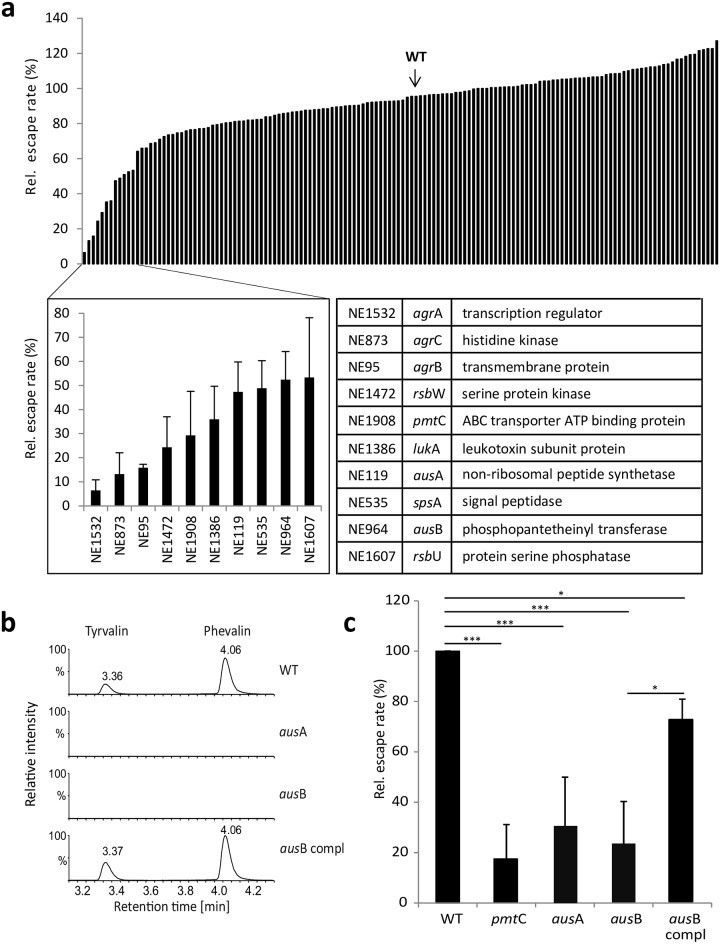Fig 1. A screen for S. aureus phagosomal escape phenotypes identifies a non-ribosomal peptide synthethase AusAB.
a) HeLa YFP-CWT escape reporter cells were infected with S. aureus JE2 mutants at a multiplicity of infection of 10. After 4 hours cells were fixed and phagosomal escape was determined using automated fluorescence microscopy. Wild type infection was normalized to 100%. Whereas many mutants showed proficiency in phagosomal escape within a window of ±20% relative to the wild type (WT, arrow), several mutants were severely affected in their ability to translocate to the host cell cytoplasm (for details see S4 Table). b) UPLC-MS detection of aureusimines in stationary phase culture supernatants of S. aureus. Production of aureusimine A (tyrvalin) and B (phevalin) is lost in the S. aureus ausA and ausB mutants, but is readily detected in wild type (WT) and complemented ausB mutant. Y-axis shows relative intensity (per cent). X-axis: retention time (min). Chromatograms display the combination of three multiple reaction monitoring (MRM) measurements each for tyrvalin and phevalin, respectively, and Y-axes were fixed for the highest signal throughout the samples to allow for comparison of intensities. c) Escape rates of mutants within ausA and ausB are reduced to levels of the negative control, pmtC, a mutant in the PSM transporter. Genetic complementation (ausB compl) of the escape phenotype within the ausB mutant was observed. Bar graphs show the mean of three independent experiments ± SD. Statistical analysis was performed by t-test. *P<0.05; ***P<0.001.

